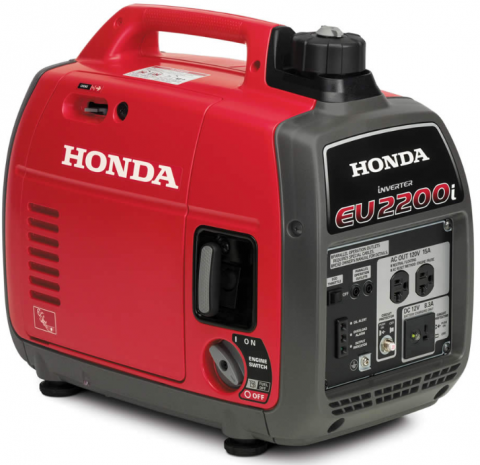There may be a defect in a dorsal d-ring utilized in 3M Fall Protection’s ExoFit NEX™ harnesses manufactured between January 2016 and December 2018. 3M Fall Protection urges all affected users to inspect the harnesses immediately. They should not be used until they pass inspection. Details about how to inspect the harnesses are described in the attached 3M’s Fall Protection Inspection Notice.
Recalls
Honda Generator Recall
OSHA Related
April Meeting
Follow-up information from the April meeting….
Team SAFER (Information from Justin Griffith),
As a follow up to Wednesday’s meeting, I have provided the following hyperlinks/attachments for your use:
– Drone memorandum – OSHA’s use of Unmanned Aircraft Systems in Inspections. Drone Memo – OSHA
– Toolbox talks, infographics, FACE reports, and other Fall Protection Stand-Down resources from CPWR-OSHA-NIOSH can be found on the
https://stopconstructionfalls.com/one-stop-stand-down-shop/ page.
– To order Hardhat Stickers and Hazard Alert cards, visit https://stopconstructionfalls.com/online-ordering-form/ page.
– For additional OSHA resources, including the Events page with information on contacting your Regional Stand-Down coordinator and the certificates page for after the Stand-Down, visit https://www.osha.gov/StopFallsStandDown/ page.
– For NIOSH videos and other campaign materials, visit https://www.cdc.gov/niosh/construction/stopfalls.html page.
– City of Providence Fire Department SAFE STATION – as discussed, a 24/7 addiction treatment service and support resource that is available to anyone regardless of residency, visit http://pvdsafestations.com/ .
– Dimeo Construction Company (Dimeo) will be hosting Erin McDonough on Thursday April 18th at 02:30 PM to train on overdose prevention, recognition, and response that can be geared toward targeted audiences including law enforcement and public safety professionals, primary care providers, behavioral healthcare providers, corrections, schools, and the general public. Ms. McDonough is the program director for the Naloxone and Overdose Prevention Education Program of Rhode Island (NOPE-RI). For additional information on NOPE-RI, visit https://www.rimrc.org/nope-ri. If interested in attending or additional information, please contact Bob Kunz at bkunz@dimeo.com. Dimeo’s Training Center located at 780 Allens Avenue in Providence.
Original Meeting Announcement:
Subject: SAFER Meeting
When: Wednesday, April 3, 2019 8:00 AM-10:00 AM (UTC-05:00) Eastern Time (US & Canada).
Where: New England Institute of Technology (NEIT) – 2490 Post Road, Warwick, RI Hall of Fame Room 2nd floor
Team SAFER,
This month we are going to take you up, up and away….. then below grade…..
The subjects are
- Chester Humbert of Manafort-Precision will discuss the Use of Unmanned Aircraft System (“UAS” or “drones”) during OSHA inspection
- Justin Griffith of Dimeo Construction will discuss Excavation and Trenching, including the OSHA NEP, Dig Safe
- The group will discuss this month’s OSHA Challenge
Drones
Refer to OSHA UAS Memo May 18, 2018
Excavation and Trenching
“The fatality rate for excavation work is 112 percent higher than the rate for general construction, OSHA data shows. The agency lists “employee injury from collapse” as the primary hazard of excavation work and includes “no protective system” among the leading causes of worker injuries. According to OSHA, 23 workers were killed in trench collapses in 2016, surpassing the combined total from 2014 and 2015. No matter the nature of the work or depth of the trench, excavations are unstable, experts note.” [credit: https://www.safetyandhealthmagazine.com/articles/17490-trenching-and-excavation-safety ]
OSHA has developed the following resource page: https://www.osha.gov/SLTC/trenchingexcavation/solutions.html , which includes the updated National Emphasis Program CPL-02-00-161 .
The coffee and calories are sponsored by Sinclair Risk & Financial Mgt.
Please accept the emailed meeting announcement to RSVP.
